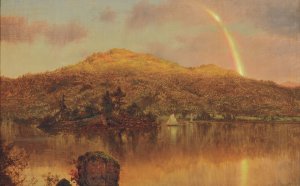Hudson River paintings
Share this Post
Related posts
Hudson River Valley Art Workshops
OCTOBER 23, 2025
Here s what some of the people who have experienced our workshops have to say: What an amazing venue for workshops, creating…
Read MoreHudson River Valley painting
OCTOBER 23, 2025
Hudson River school “Shroon Mountain, Adirondacks”Courtesy of the Cleveland Museum of Art, Ohio, the Hinman B. Hurlbut Collectionlarge…
Read More





